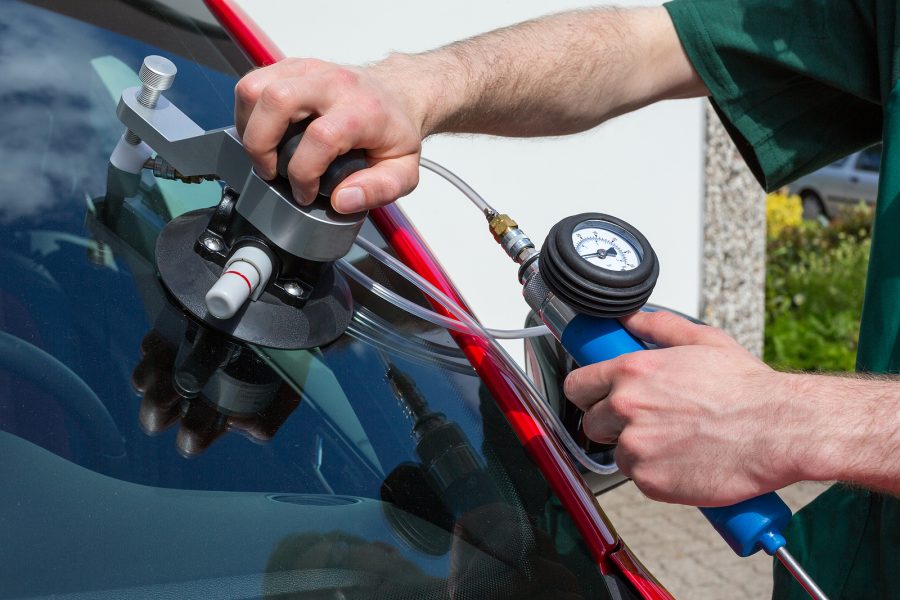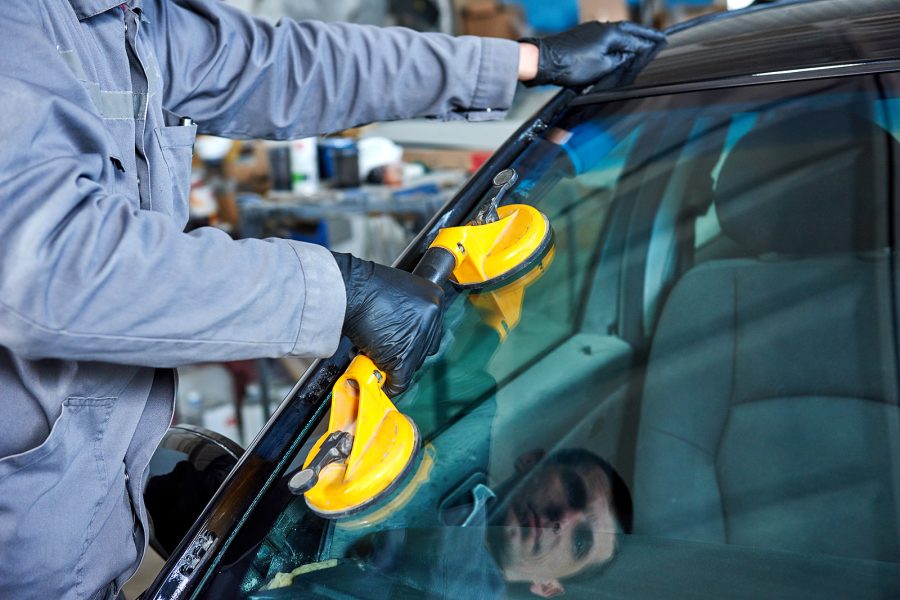Many of us rely on our satnavs more and more these days, whether it’s built into our vehicles or a separate unit, or we use our smartphones. But could the positioning of it on the windscreen be a distraction, and potentially blocking our view of the road?
If your car has all the bells and whistles built-in, then a satnav is likely to be designed to be visible, but not interfering with your view of the road ahead, and the latest touchscreen technology uses artificial intelligence to predict our needs without needing to be prodding and poking at it during a journey.
There are no specific rules or laws that govern exactly where drivers can and cannot fit their satnav device if you are using a stand-alone unit, but it is advised that drivers keep it away from their direct line of vision to avoid fines and blocking the windscreen.
Both Halfords and Which? say that the optimal place to secure your satnav is in the lower right corner of the windscreen, or if that isn’t possible, then as low on the windscreen as possible.
Stand-alone satnavs often need to be plugged into a 12V charger, such as the cigarette lighter, and Halfords says drivers need to avoid placing the sat nav high, as the cables can interfere with the vehicle controls.
The Highway Code states that motorists must keep windscreens and windows clean and free from obstructions at all times, and often the cables that connect sat navs can be bulky enough to obscure some key road hazards.
Of course, using your smartphone while driving is prohibited, and if you require your smartphone to act as your satnav, then it must be in a specifically designed holder, and never held in your hand when driving, or even if motorists are stopped at traffic lights, queuing in traffic or supervising a learner driver.
Touching a mobile phone while behind the wheel will see drivers issued a £200 fine and up to six penalty points on a driving licence.
Always keep your windscreen clear from distractions, and if you need windscreen replacement services, contact us today.









